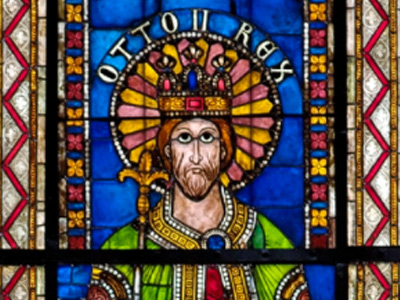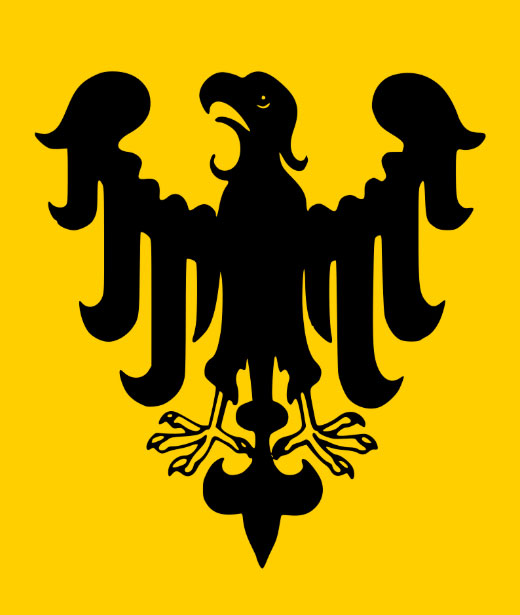Otto II, Holy Roman Emperor (955-983)
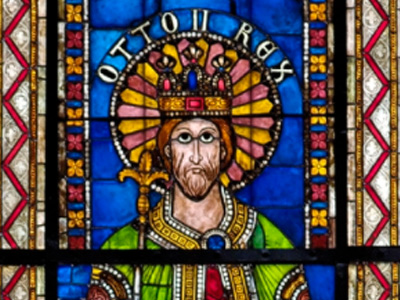
Early Years
Birth and Youth
Otto II was born in 955, the third son of the King of Germany Otto I and his second wife Adelaide of Italy. By 957, Otto II's older brothers Henry (born 952) and Bruno (born 953) had died, as well as Otto I's son from his first wife Eadgyth, the Crown Prince Liudolf, Duke of Swabia. With his older brothers dead, the two-year-old Otto II's became the Kingdom's crown prince and Otto I's heir apparent. Otto I entrusted his illegitimate son, Archbishop William of Mainz, with Otto II's literary and cultural education. Margrave Odo, commander of the Eastern March, taught the young crown prince the art of war and the kingdom's legal customs.
Needing to put his affairs in order prior to his descent into Italy, Otto I summoned a Diet at Worms and had Otto II elected, at the age of six, co-regent in May 961. Otto II was later crowned by his uncle Bruno the Great, Archbishop of Cologne, at Aachen Cathedral on May 26, 961. While Otto I had secured succession of the throne, he had violated the Kingdom's unwritten law that succession rights could only be granted to a child who has reached the age of majority. He was likely motivated by the high-risk associated with his expedition into Italy to claim the Imperial title from the Pope. Otto I crossed the Alps into Italy, while Otto II remained in Germany, and the two Archbishops, Bruno and William, were appointed as his regents. After three and a half year absence in Italy, Otto I returned to Germany early in 965 as Holy Roman Empire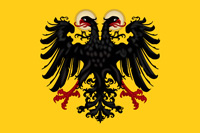 The Holy Roman Empire was a political entity in Western, Central, and Southern Europe that developed during the Early Middle Ages and continued until its dissolution in 1806 during the Napoleonic Wars. From the accession of Otto I in 962 until the twelfth century, the Empire was the most powerful monarchy in Europe. The empire reached the apex of territorial expansion and power in the mid-thirteenth century, but overextending led to partial collapse.. In order to give the hope of dynastic continuity after his death, Otto I again confirmed Otto II as his heir on February 2, 965, the third anniversary of Otto I's coronation as Emperor.
The Holy Roman Empire was a political entity in Western, Central, and Southern Europe that developed during the Early Middle Ages and continued until its dissolution in 1806 during the Napoleonic Wars. From the accession of Otto I in 962 until the twelfth century, the Empire was the most powerful monarchy in Europe. The empire reached the apex of territorial expansion and power in the mid-thirteenth century, but overextending led to partial collapse.. In order to give the hope of dynastic continuity after his death, Otto I again confirmed Otto II as his heir on February 2, 965, the third anniversary of Otto I's coronation as Emperor.
Heir Apparent
Though Otto I was crowned Emperor in 962 and returned to Germany in 965, the political situation in Italy remained unstable. After almost two years in Germany, Otto I made a third expedition to Italy in 966. Bruno was again appointed regent over the eleven-year-old Otto II during Otto I's absence.
With his power over northern and central Italy secured, Otto I sought to clarify his relationship with the Byzantine Empire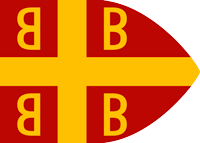 The Byzantine Empire, also referred to as the Eastern Roman Empire or Byzantium, was the continuation of the Roman Empire primarily in its eastern provinces during Late Antiquity and the Middle Ages, when its capital city was Constantinople. It survived the fragmentation and fall of the Western Roman Empire in the 5th century AD and continued to exist for an additional thousand years until the fall of Constantinople to the Ottoman Empire in 1453. in the East. The Byzantine Emperor objected to Otto's use of the title "Emperor". The situation between East and West was finally resolved to share sovereignty over southern Italy. Otto I sought a marriage alliance between his Imperial house and the Eastern Macedonian dynasty. A prerequisite for the marriage alliance was the coronation of Otto II as Co-Emperor. Otto I then sent word for Otto II to join him in Italy. In October 967, father and son met in Verona and together marched through Ravenna to Rome. On December 25, 967, Otto II was crowned Co-Emperor by Pope John XIII, securing Otto II's succession to the Imperial crown following his father's death.
The Byzantine Empire, also referred to as the Eastern Roman Empire or Byzantium, was the continuation of the Roman Empire primarily in its eastern provinces during Late Antiquity and the Middle Ages, when its capital city was Constantinople. It survived the fragmentation and fall of the Western Roman Empire in the 5th century AD and continued to exist for an additional thousand years until the fall of Constantinople to the Ottoman Empire in 1453. in the East. The Byzantine Emperor objected to Otto's use of the title "Emperor". The situation between East and West was finally resolved to share sovereignty over southern Italy. Otto I sought a marriage alliance between his Imperial house and the Eastern Macedonian dynasty. A prerequisite for the marriage alliance was the coronation of Otto II as Co-Emperor. Otto I then sent word for Otto II to join him in Italy. In October 967, father and son met in Verona and together marched through Ravenna to Rome. On December 25, 967, Otto II was crowned Co-Emperor by Pope John XIII, securing Otto II's succession to the Imperial crown following his father's death.
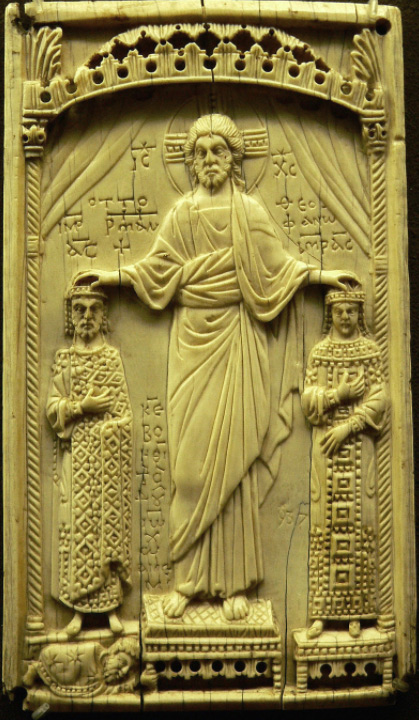
Otto II's coronation allowed marriage negotiations to begin with the East. Only in 972, six years later, under the new Byzantine Emperor John I Tzimiskes, was a marriage and peace agreement concluded, however. Though Otto I preferred Byzantine Princess Anna Porphyrogenita, daughter of former Byzantine Emperor Romanos II, as she was born in the purple, her age (then only five years old) prevented serious consideration by the East. The choice of Emperor John I Tzimisces was his niece Theophanu, who was the soldier-emperor's niece by marriage. On April 14, 972, the sixteen-year-old Otto II was married to the twelve-year-old Eastern princess, and Theophanu was crowned empress by the Pope.
Even after his coronation, Otto II remained in the shadow of his overbearing father. Though the nominal co-ruler of the Empire, he was denied any role in its administration. Unlike his earlier son Liudolf, whom Otto I named Duke of Swabia in 950, Otto II was granted no area of responsibility. Otto II was confined primarily to northern Italy during his father's time south of the Alps. After five years away, the Imperial family returned to Saxony in August 972.
On May 7, 973, Otto died of fever, and Otto II succeeded his father as sole Emperor without meeting any opposition. Otto II spent his reign continuing his father's policy of strengthening Imperial rule in Germany and extending it deeper into Italy.
HISTORY
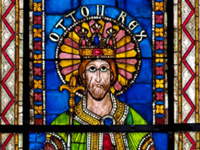
RESOURCES
This article uses material from the Wikipedia article "Otto II, Holy Roman Emperor (955-983)", which is released under the Creative Commons Attribution-Share-Alike License 3.0.
© Stories Preschool. All Rights Reserved.
